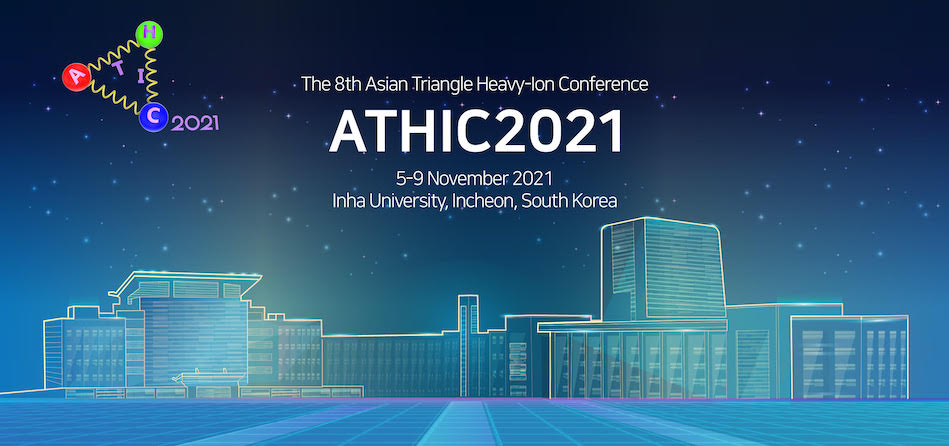Speaker
Description
The primary goal of the ultrarelativistic heavy-ion collision program at the LHC is to study the quark-gluon plasma (QGP) properties, a state of strongly interacting matter that exists at high temperatures and energy densities. However, the lack of knowledge on the initial conditions of heavy-ion collision results in a significant uncertainty of the extraction of the transport properties of QGP.
In this talk, I will present the latest developments of multi-particle correlations. I will show that the newly proposed mixed harmonic correlation of various moments of anisotropic flow coefficients can provide strong constraints on the correlations between various moments of eccentricity coefficients in the initial conditions. Both hydrodynamic model predictions and ALICE measurements will be discussed. In addition, I will discuss the newly proposed correlation between mean transverse momentum and anisotropic flow coefficients, which could reflect the size and shape of the initial state and give direct access to the initial conditions. I will present the newest experimental measurements from both RHIC and the LHC experiments, as well as several recent theoretical model predictions. I will further show that the current state-of-the-art understanding of the initial conditions and the QGP properties relies on the Bayesian analyses, which are all based on the TRENTo initial state model and fail completely in describing the experimental data. These new studies pave a novel way to characterize the initial state in relativistic heavy-ion collisions.
